TECHINQUES AND BENEFITS CPT
Massage Techniques and Benefits
Cupping Therapy
Cupping therapy is one of the oldest and most effective method of releasing the toxins from body tissue and organs. It is a practice in which the therapist puts special cups on the skin to create suction. This causes the tissue beneath the cup to be drawn up and swell causing increase in blood flow to affected area. Enhanced blood flow under the cups draws impurities and toxins away from the nearby tissues and organs towards the surface for elimination. The cups can be used at rest or with movement and application time usually ranges from 5 to 10 minutes. Cupping increases blood circulation at the point of the injury.
Benefits of Cupping.
To increase tissue delivery and oxygenation, to increase circulation, eliminate stagnant blood, to stretch connective tissue and fascia, and to create new blood vessels, to relieve sore muscles, muscle spasms, muscle tension, provide pain relief, encourage blood flow, encourage the lymphatic system to promote healing and improve flexibility and range of motion.
Fire Cupping
Involves soaking a cotton ball in almost pure alcohol. The cotton is clamped by a pair of forceps and lit by a lighter, and, in one motion, placed into the cup and quickly removed, while the cup is placed on the skin. The fire heats up the air in the cup which, after cooling reduces in volume creating a negative pressure inside the cup. The cup is then quickly placed onto the body and the negative pressure "sucks" the skin up, to provide nutrients to the inflammed area.
Silicone Cupping
A silicon cup is placed on the skin. It involves the gliding of negatively pressurised cup/s over the body with the assistance of massage cream and can be accompanied by joint mobilisation and increase nutrient rich blood supply to the tissue while keeping a gentle passive stretched the underlying soft tissue.

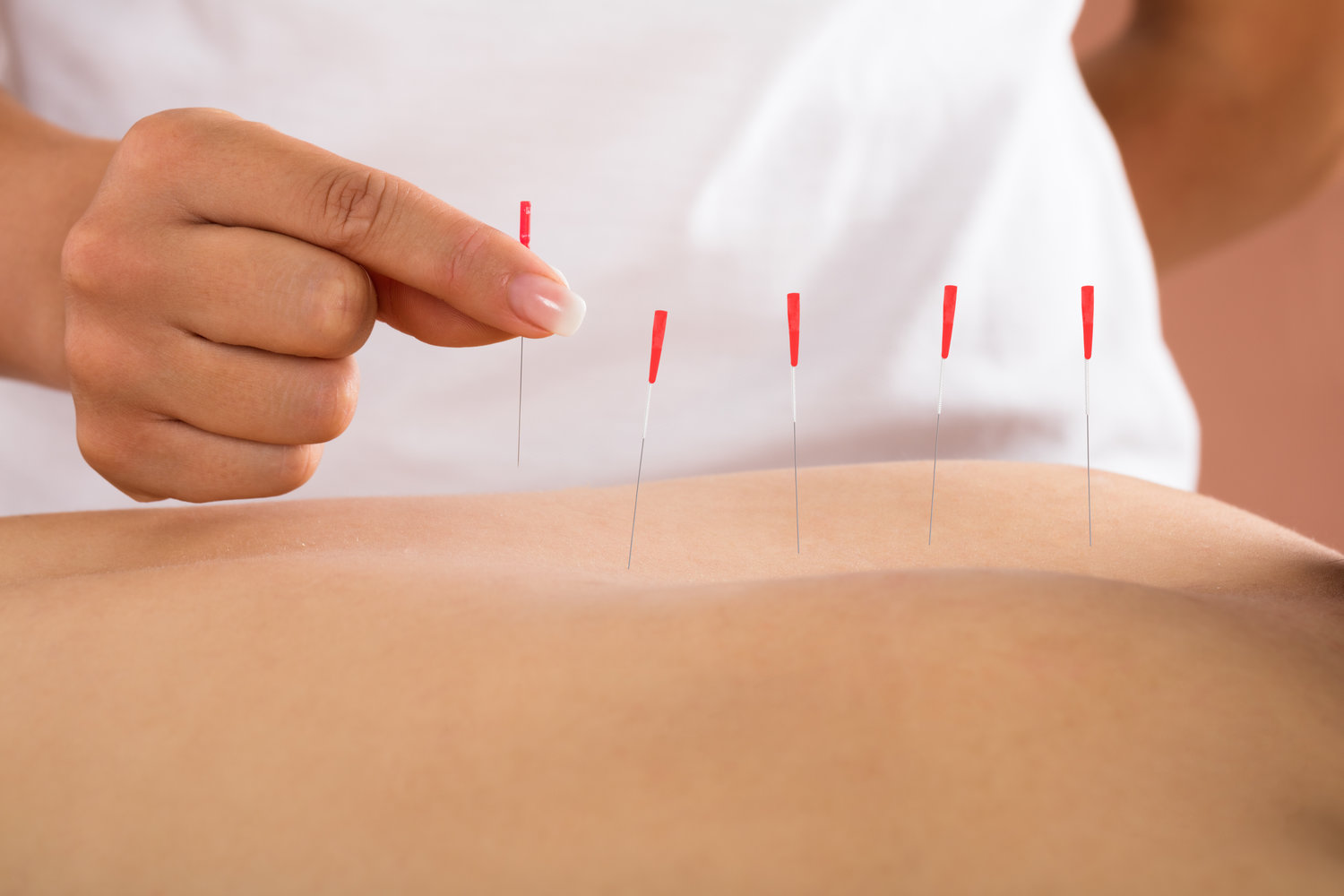
Dry Needling
Dry needling involves inserting sterile, single use fine filament needles into the muscle and an inflammatory response is triggered that draws fresh oxygen and nutrients to the area and allow the irritated muscles to relax. To assist in decreasing pain associated with myofascial trigger points. Improving function by restoring a muscle’s natural ability to lengthen and shorten.
Gha Sha
Gha Sha is a technique that involves the use of a smooth tool to scrape the skin with either short or long strokes. The benefits of rubbing of the skin surface can help reduce in flammation in the body and to stimulate microcirculation of the soft tissue, which increases blood flow.
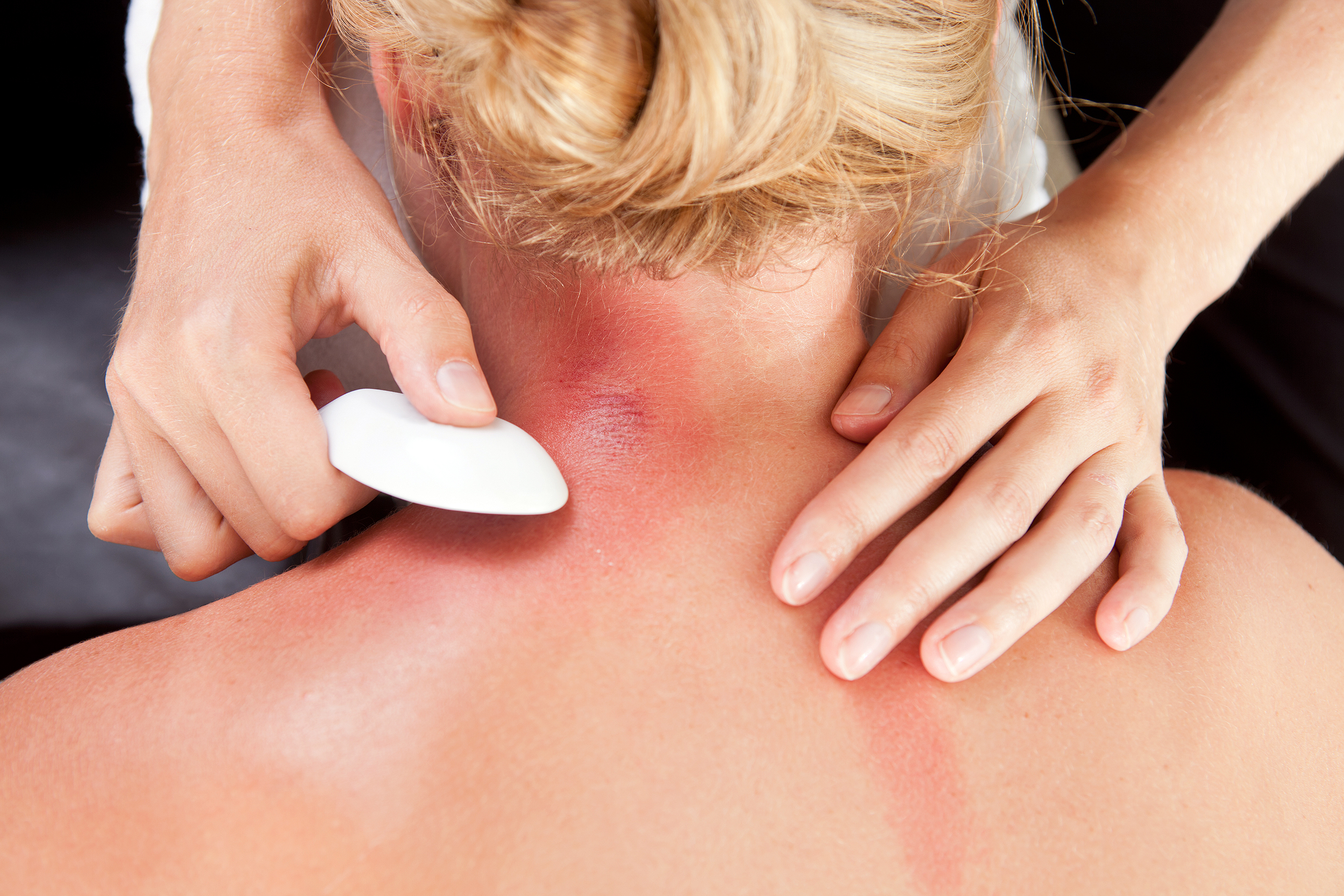
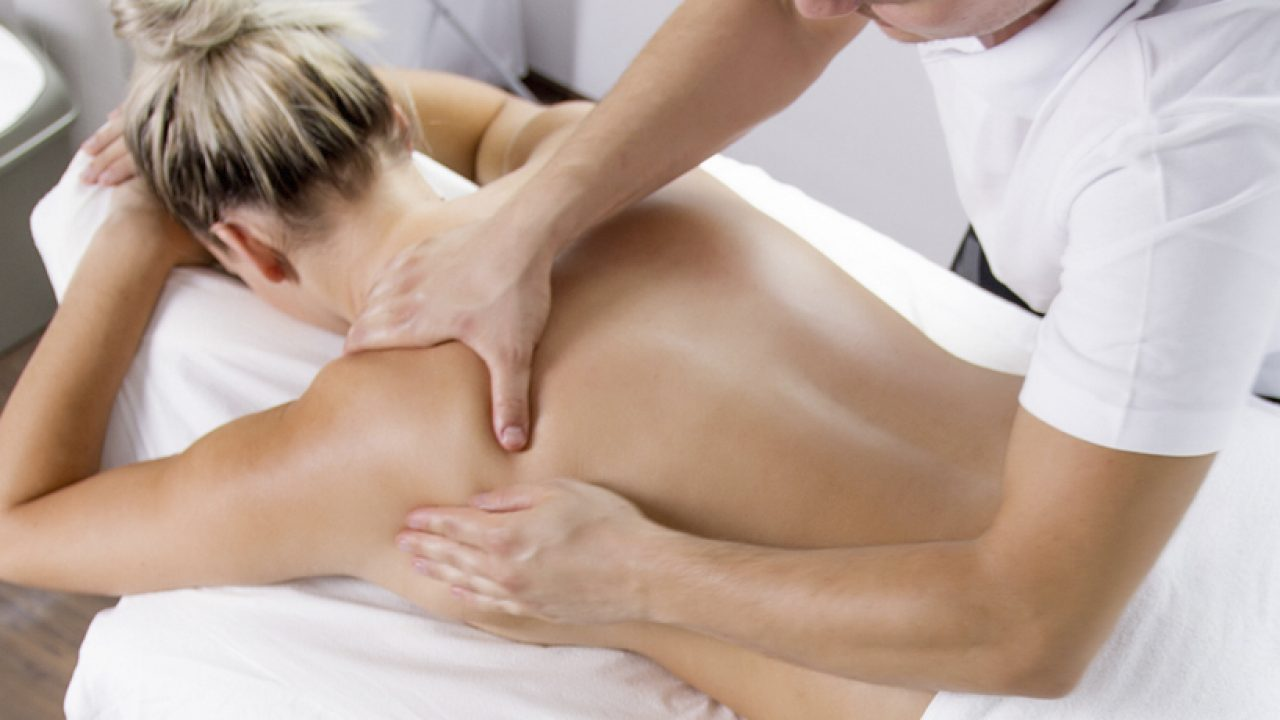
Myofascial Release Therapy
Myofascial Release is a manual therapy technique often used in massage. This therapy is focused on pain that comes from myofascial tissues — the tough coverings that wrap, connect and support muscles.During myofascial release therapy, the therapist applies light pressure by hand to find myofascial areas that feel stiff instead of elastic and movable. These stiff areas, or trigger points, are thought to limit muscle and joint movements, which can play a part in widespread muscle pain.
Reflexology
The principle of Reflexology is that the hand and foot have ‘reflex’ points that correspond to the various structures and organs throughout the body
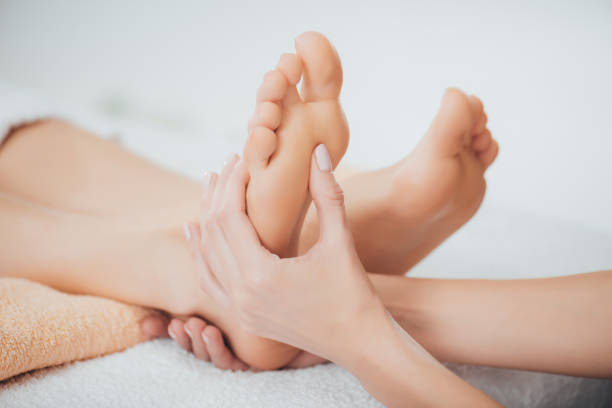
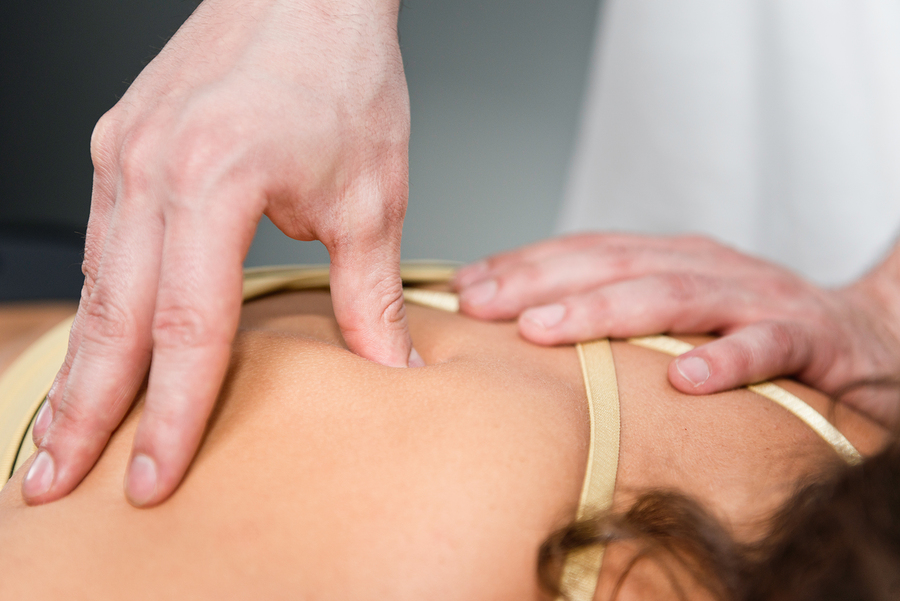
Trigger Point
Trigger Point Therapy technique is the direct application of pressure on a hyperirritable spot, a palpable nodule in the taut bands of the skeletal muscles’ fascia
